Critical Facts To Know About Recognizing And Treating Dry Eye
Keratoconjunctivitis sicca (KCS), the scientific name for a condition commonly called 'dry eye' can develop for a variety of reasons, including age, environmental conditions, gender, medication, and medical conditions. According to the American Optometric Society, dry eye is a condition in which an eye does not produce enough tears to lubricate itself, and the eye becomes dehydrated as a result. Check out these facts everyone should know about dry eyes and how to treat it. It is important to note, however, individuals should always see a medical professional if any eye problem is persistent. Better yet; an annual eye exam should be part of everyone's yearly health routine.
What Is Dry Eye?
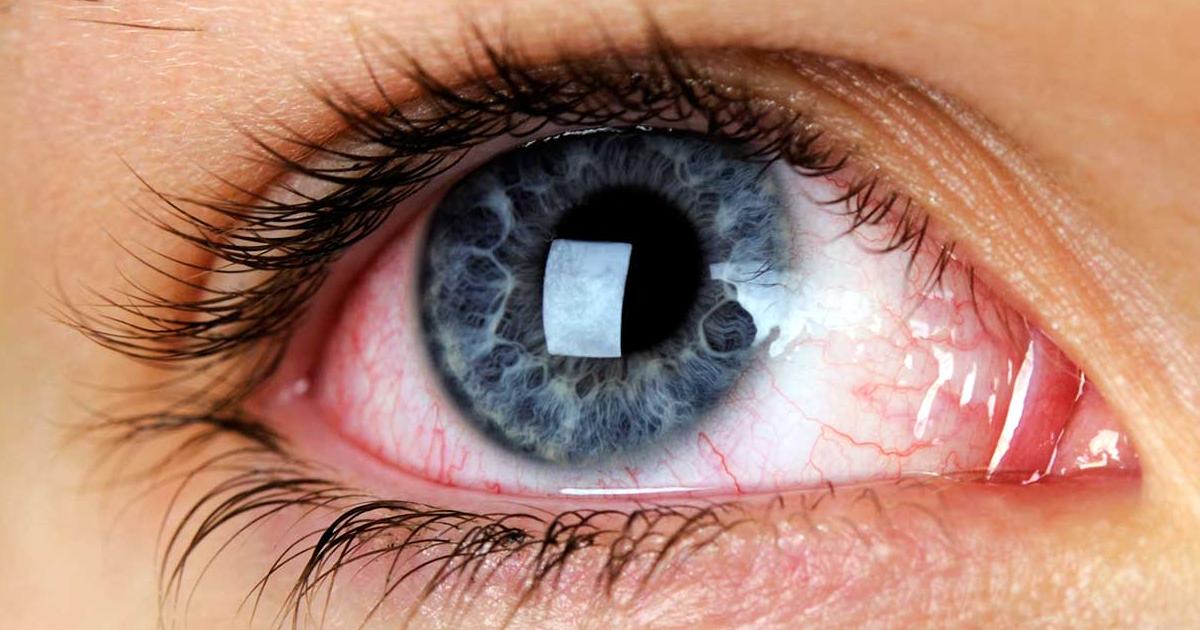
Dry eye is a condition in which the eye does not produce enough natural hydration through tears to lubricate the eye. The outcome of not creating enough hydration leads to the eye becoming dry. Dry eye is a common problem, and it can become chronic, especially in older age. There are many different reasons for this condition to occur including the quality of hydration the eye is receiving naturally. Many individuals do not even realize they have dry eye because it may only manifest in certain situations such as on airplanes, using a computer for a prolonged period, sitting in an air-conditioned room, and even riding a bike.
Uncover the major symptoms linked to dry eye next.
Symptoms Of Dry Eye
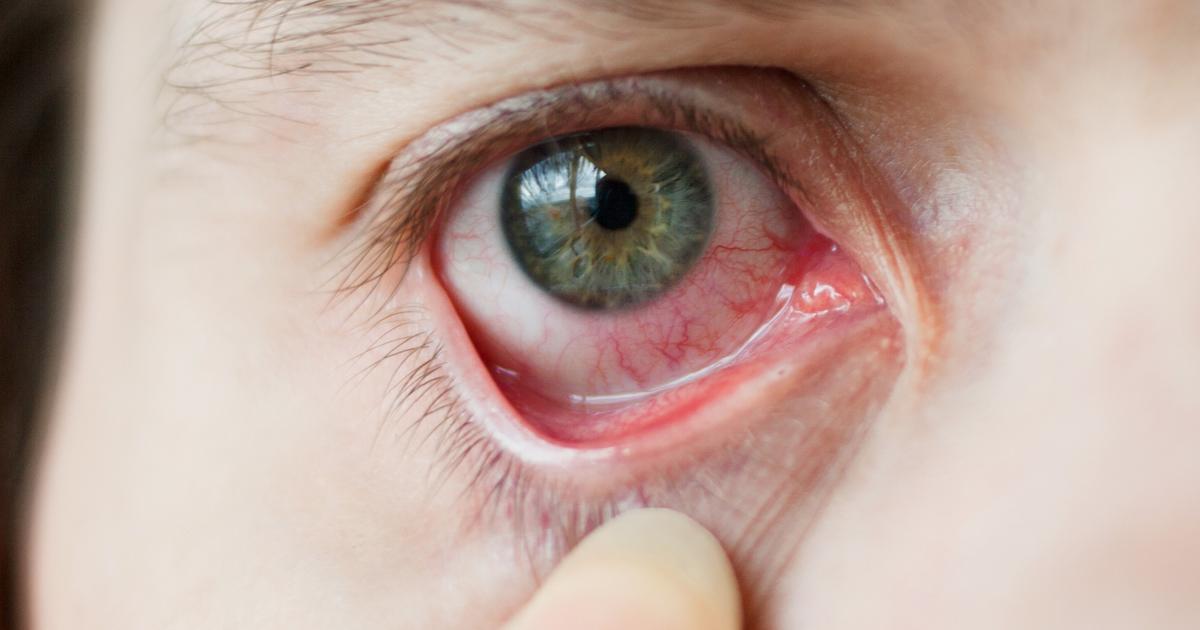
Symptoms of dry eye include a stinging or burning sensation in one or both eyes, redness, watery eyes, blurred vision, eye fatigue, as well as mucus in and around the eyes. If any of these symptoms are noticeable, individuals should see a doctor who can determine what is wrong or provide a referral to a specialist. Other problems caused by dry eye include sensitivity to light (known as photophobia), difficulty wearing contact lenses, the sensation of something stuck in the eye (known as foreign body syndrome), as well as trouble driving at night due to compromised vision. Individuals with dry eye may also experience itchiness and heavy eyelids and can even affect the outcomes of LASIK eye and cataract surgery negatively.
Learn about the relation of tears and dry eye next.
How Do Tears Relate To Dry Eye?

In a healthy eye, tears, known as basal tears, lubricate the cornea, which is the transparent, outer dome covering the surface of the eye. With every blink, a healthy eye will lubricate the cornea, providing protection from the outside environment as well as nourishing the cells in the eyes. These tears are a complex mixture of fatty oils, mucus, proteins, and water that keep the eye free from infection and irritants. Individuals with dry eye do not produce these tears in enough quantity or quality, causing irritation and other problems with the eyes. Dry eye can even create watery, teary eyes, as strange as that sounds, which is the body's way of compensating for the dehydration in the eye.
Get the details on the causes linked to dry eye next.
What Causes Dry Eye?

There are numerous underlying factors for dry eye developing, and many can be unavoidable. Dry eye is more frequent in individuals who are fifty years old or older, as well as being more prevalent within women, mainly due to hormonal changes during pregnancy. Medications such as antidepressants, antihistamines, anxiety medications, birth control, high blood pressure, medication, hormone replacement therapy, menopause medication, and also the medicine for Parkinson's disease can cause the condition. Diseases such as diabetes, lupus, rheumatoid arthritis, scleroderma, Sjogren's syndrome, and thyroid issues can also contribute to dry eye. Environmental factors that can cause dry eye include arid climate, prolonged computer screen use, seasonal allergies, and windy and smoky environments. Laser eye surgery can also result in the development of a temporary case of dry eye.
Discover how dry eye is diagnosed next.
Comprehensive Eye Exam
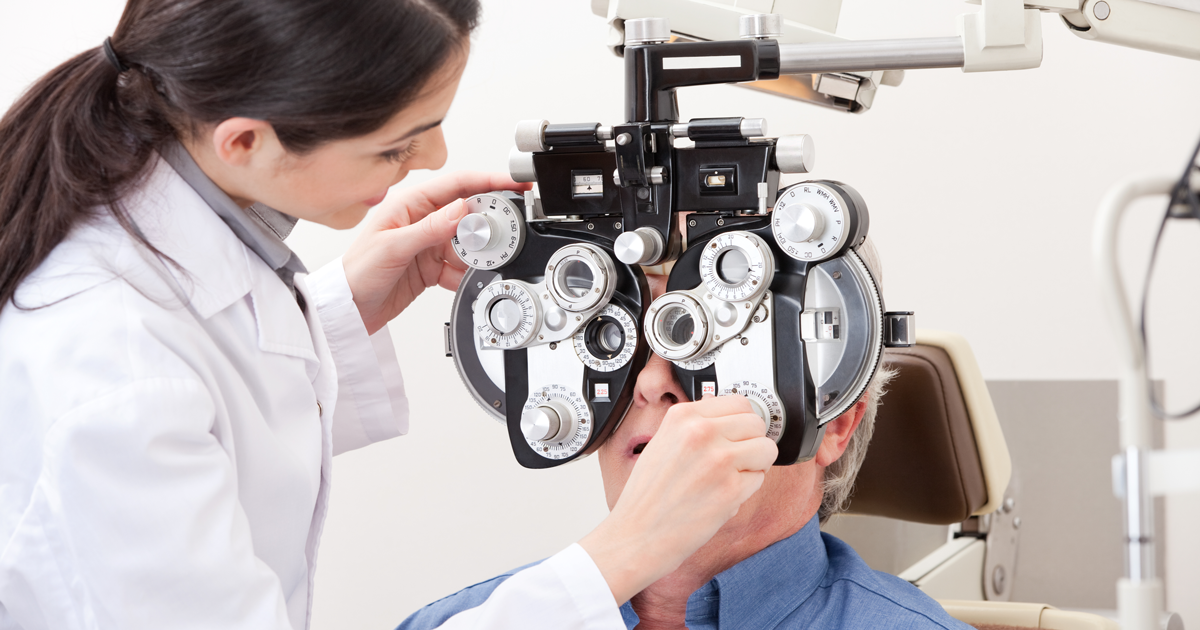
A comprehensive eye exam may be used if a doctor wants to check for underlying conditions that may be contributing to a patient's dry eye. With a normal vision screening, the doctor just tests the patient's vision. However, a comprehensive eye exam assesses an individual's overall eye health and the functioning of their entire visual system. This means several different tests will be used to get a working knowledge of the individual's eyes and vision. Each exam typically begins with a full and detailed patient history. After this, patients will undergo tests that measure their visual acuity, refraction, eye focusing, eye teamwork, and eye health. The doctor will also typically use a lamp to examine both the patient's internal and external eye in greater detail.
Keep reading to learn more about diagnosing dry eye now.
Schirmer Test
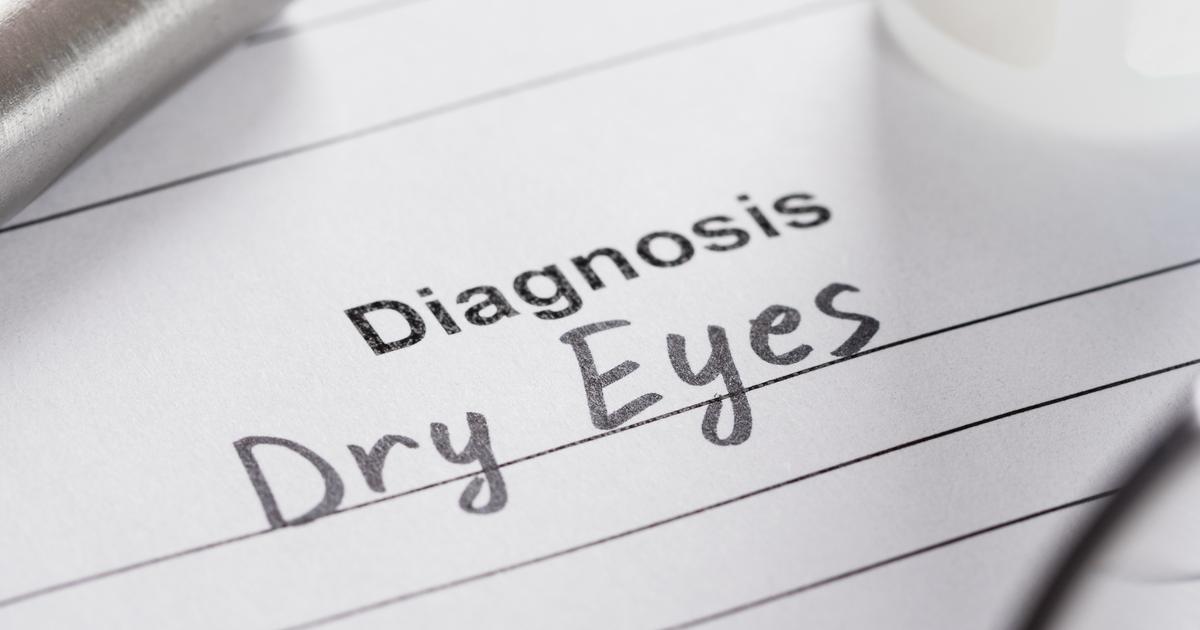
Unlike a comprehensive eye exam or vision screening, the Schirmer test is specifically formulated to diagnose dry eye. This test helps determine whether the eye produces adequate tears to stay moisturized. If an individual's eye isn't producing enough tears, their doctor will typically proceed with treatment for dry eye. A Schirmer test is very simple to conduct. The doctor will place a slip of filter paper inside both eyes' lower eyelid. Then the patient will close their eyes. Once five minutes have passed, the doctor will remove the paper and determine how far the tears have moved. More moisture means the eyes produce more tears. Because the test is noninvasive and doesn't require advanced technology, it's been a go-to for diagnosing dry eye for more than a century.
Uncover the next test for diagnosing dry eye now.
Tear Quality Tests
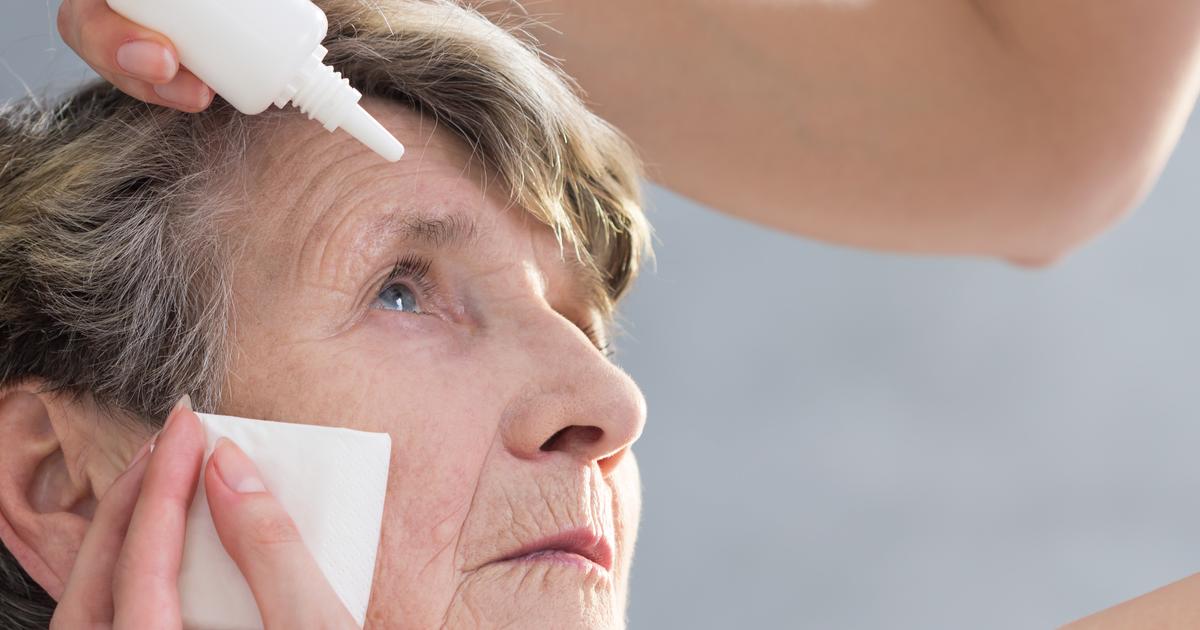
Tear quality tests can be used in the diagnosis of dry eye. There are two important components of tear production. The first is how many tears individuals produce, and the second is how effective those tears are. Tears are made up of several different substances, and these need to be balanced properly to provide adequate moisture. To determine the patient's tear quality, their doctor might use specialized dyes in normal eyedrops to determine what the surface of their eyes is like. If the patient's tears don't evaporate fast enough, their doctor may find staining patterns on their cornea. During this test, the doctor will also typically measure the amount of time before the patient's natural tears evaporate.
Read about the ways of treating dry eye now.
Use Artifical Tears
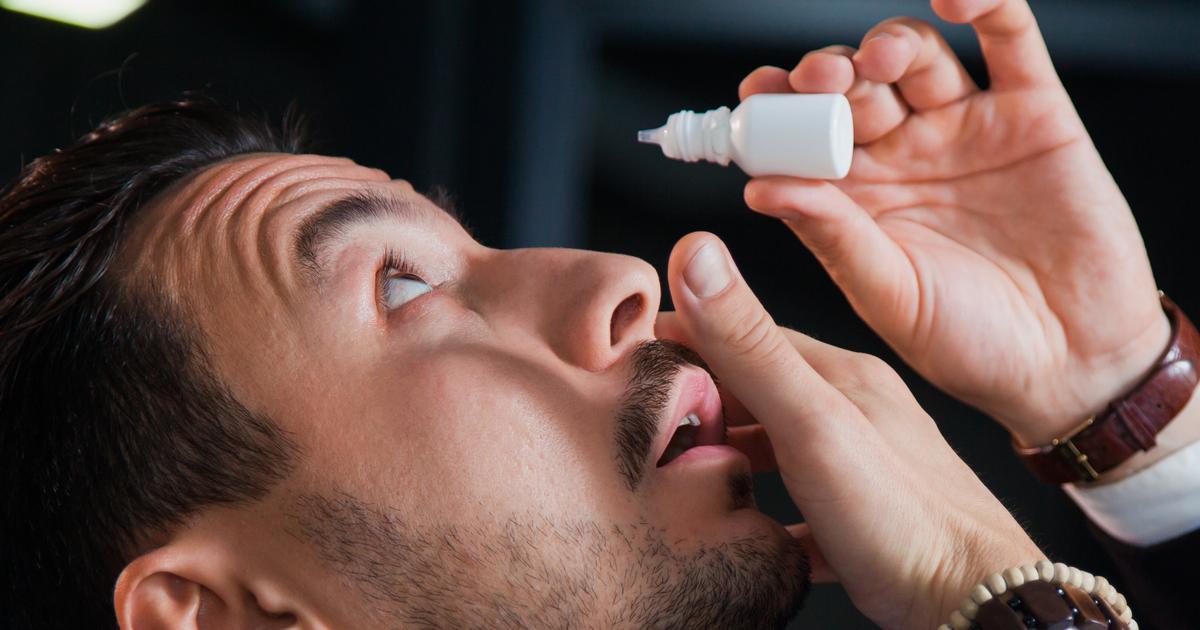
If individuals have only mild or intermittent symptoms of dry eyes, they may be able to manage their condition by using artificial tears. These are eyedrops typically purchased over-the-counter rather than with a doctor's prescription. More intensive treatment may be necessary for those with more serious symptoms, but the majority of cases can be solved with artificial tears. Artificial tears lubricate the eyes and help the surface maintain moisture, which in turn prevents damage. Because multiple brands are available, patients may want to try a few kinds before they decide on the right one for them. Some artificial tears decrease tear evaporation, while others can help heal the damaged surface of the patient's eyes. Patients should also consider talking to their doctor about the right drops for their needs.
Read more about treating dry eye now.
Medication And Drops To Control Inflammation
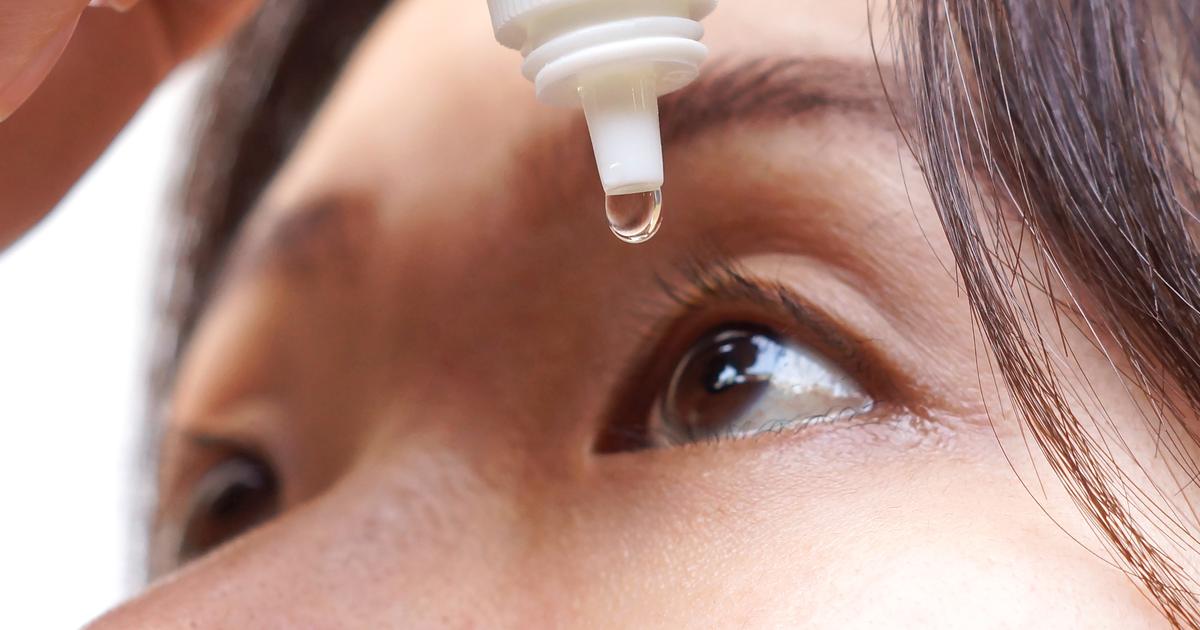
Some individuals may require prescription medications to manage their dry eyes. These are typically used if the dry eyes are caused by an underlying medical condition, or if the symptoms are serious enough that over-the-counter eyedrops aren't effective. Eyedrops and medication can be used to control inflammation. If the edges of the eyelids are inflamed, the oil glands may not be able to secrete enough oil into the tears. Antibiotics can be used to help reduce this inflammation. If an individual's cornea is inflamed, their doctor may prescribe immune-suppressing eye drops that reduce the inflammation on contact. Corticosteroids are also a temporary option, but they shouldn't be used on a long-term basis because of their potential side effects.